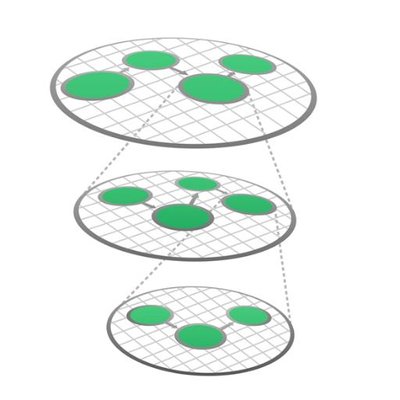Mock sample for your project: Azure CDN WebApplicationFirewallManagement API
Integrate with "Azure CDN WebApplicationFirewallManagement API" from azure.com in no time with Mockoon's ready to use mock sample

Azure CDN WebApplicationFirewallManagement
azure.com
Version: 2019-06-15-preview
Integrate third-party APIs faster by using "Azure CDN WebApplicationFirewallManagement API" ready-to-use mock sample. Mocking this API will help you accelerate your development lifecycles and improves your integration tests' quality and reliability by accounting for random failures, slow response time, etc.
It also helps reduce your dependency on third-party APIs: no more accounts to create, API keys to provision, accesses to configure, unplanned downtime, etc.
Description
APIs to manage web application firewall rules for Azure CDN
Other APIs by azure.com

AutomationManagement
azure.com

Azure SQL Database
azure.com
Provides create, read, update and delete functionality for Azure SQL Database resources including servers, databases, elastic pools, recommendations, and operations.

AzureDataManagementClient
azure.com
The AzureData management API provides a RESTful set of web APIs to manage Azure Data Resources. For example, register, delete and retrieve a SQL Server, SQL Server registration.

Azure Data Migration Service Resource Provider
azure.com
The Data Migration Service helps people migrate their data from on-premise database servers to Azure, or from older database software to newer software. The service manages one or more workers that are joined to a customer's virtual network, which is assumed to provide connectivity to their databases. To avoid frequent updates to the resource provider, data migration tasks are implemented by the resource provider in a generic way as task resources, each of which has a task type (which identifies the type of work to run), input, and output. The client is responsible for providing appropriate task type and inputs, which will be passed through unexamined to the machines that implement the functionality, and for understanding the output, which is passed back unexamined to the client.

BlueprintClient
azure.com
Azure Blueprints Client provides access to blueprint definitions, assignments, and artifacts, and related blueprint operations.

Azure Alerts Management Service Resource Provider
azure.com
Azure Alerts Management Service provides a single pane of glass of alerts across Azure Monitor.

Compute Admin Client
azure.com
Other APIs in the same category

AWS Glue DataBrew
Glue DataBrew is a visual, cloud-scale data-preparation service. DataBrew simplifies data preparation tasks, targeting data issues that are hard to spot and time-consuming to fix. DataBrew empowers users of all technical levels to visualize the data and perform one-click data transformations, with no coding required.

Amazon Mobile Analytics
Amazon Mobile Analytics is a service for collecting, visualizing, and understanding app usage data at scale.

Amazon CloudWatch Events
Amazon EventBridge helps you to respond to state changes in your Amazon Web Services resources. When your resources change state, they automatically send events to an event stream. You can create rules that match selected events in the stream and route them to targets to take action. You can also use rules to take action on a predetermined schedule. For example, you can configure rules to: Automatically invoke an Lambda function to update DNS entries when an event notifies you that Amazon EC2 instance enters the running state. Direct specific API records from CloudTrail to an Amazon Kinesis data stream for detailed analysis of potential security or availability risks. Periodically invoke a built-in target to create a snapshot of an Amazon EBS volume. For more information about the features of Amazon EventBridge, see the Amazon EventBridge User Guide.

IntuneResourceManagementClient
azure.com
Microsoft.Intune Resource provider Api features in the swagger-2.0 specification

NetworkManagementClient
azure.com
The Microsoft Azure Network management API provides a RESTful set of web services that interact with Microsoft Azure Networks service to manage your network resources. The API has entities that capture the relationship between an end user and the Microsoft Azure Networks service.

MariaDBManagementClient
azure.com
The Microsoft Azure management API provides create, read, update, and delete functionality for Azure MariaDB resources including servers, databases, firewall rules, VNET rules, log files and configurations with new business model.

MonitorManagementClient
azure.com

KeyVaultManagementClient
azure.com
The Azure management API provides a RESTful set of web services that interact with Azure Key Vault.








